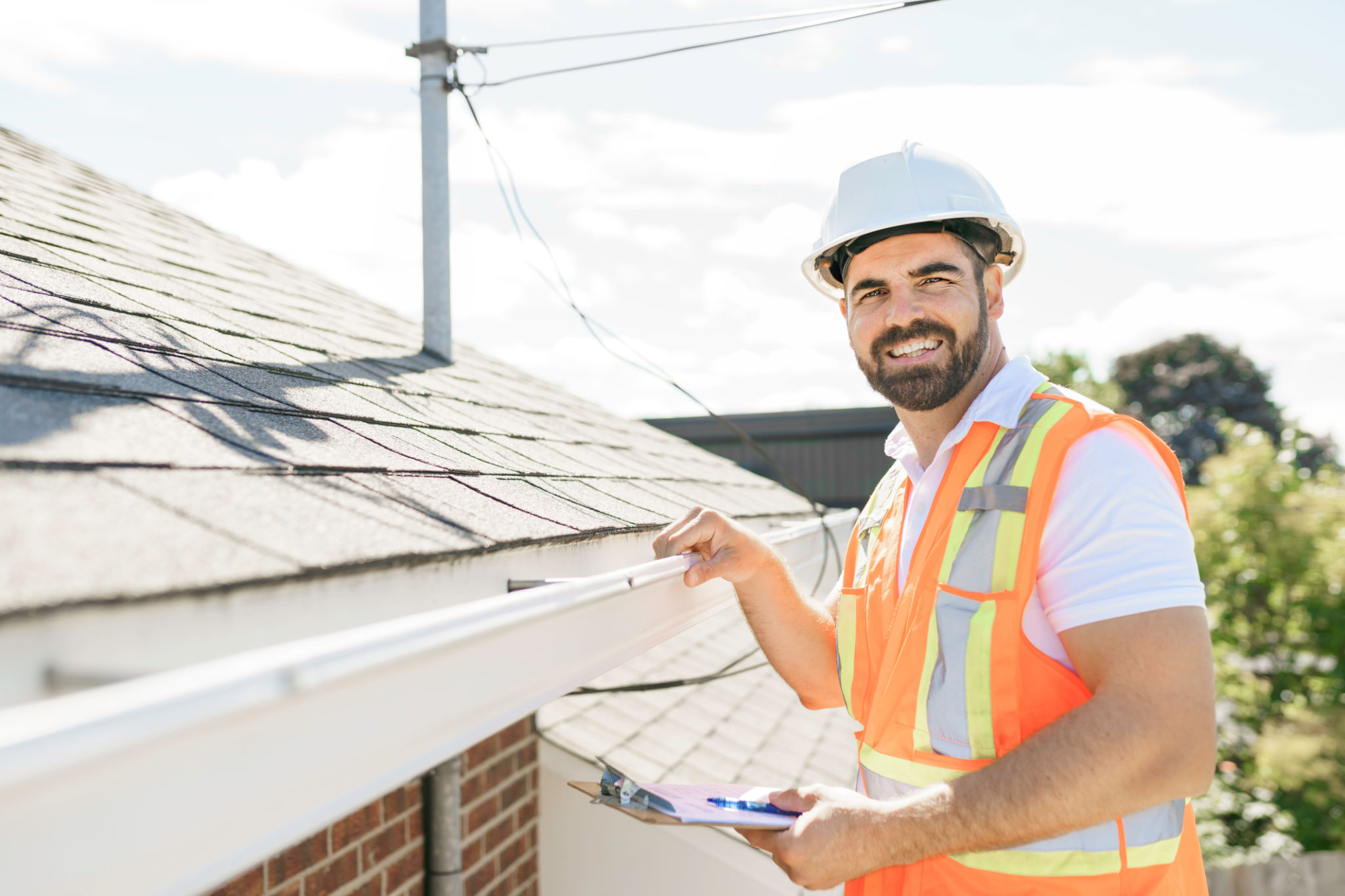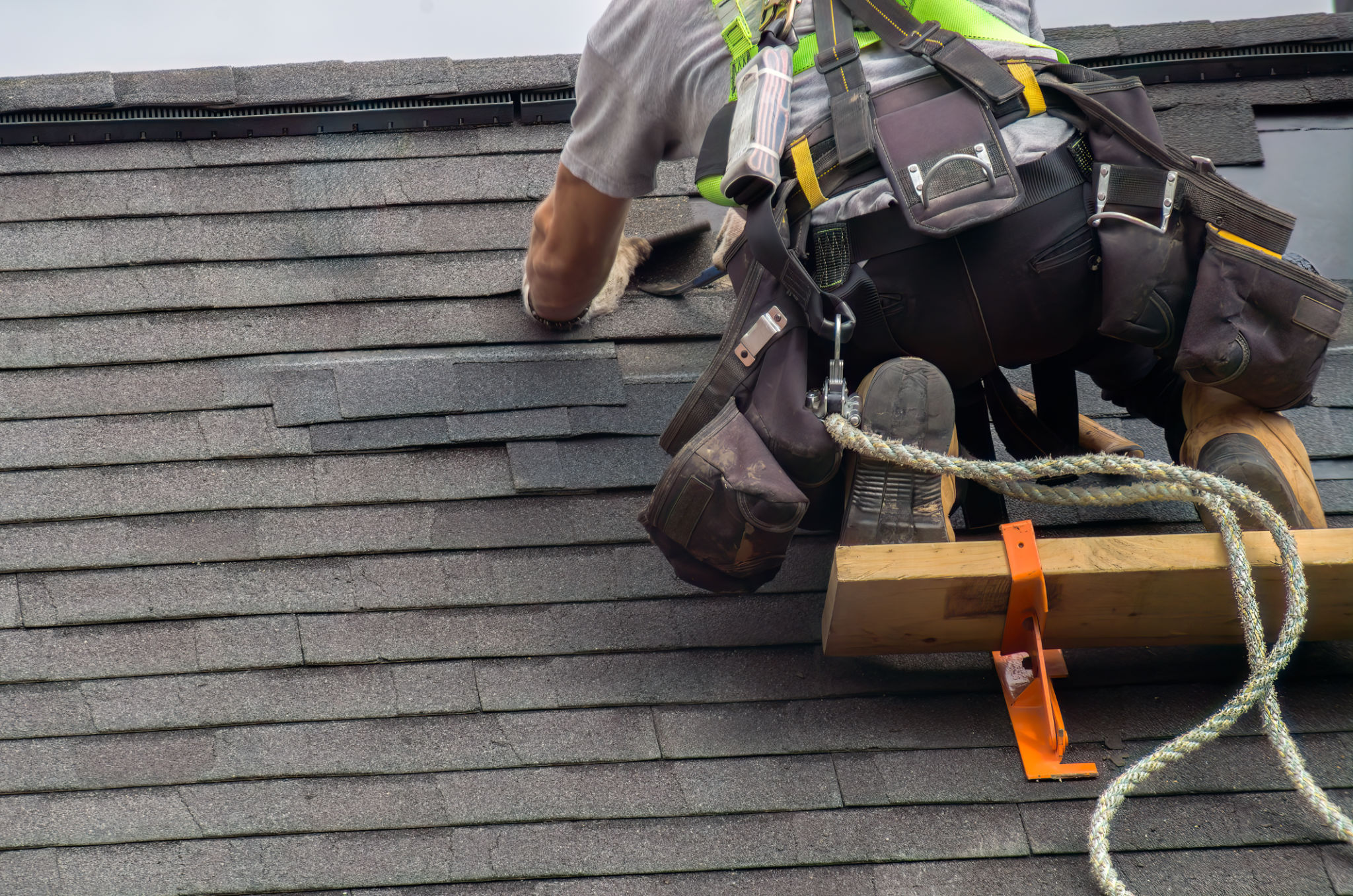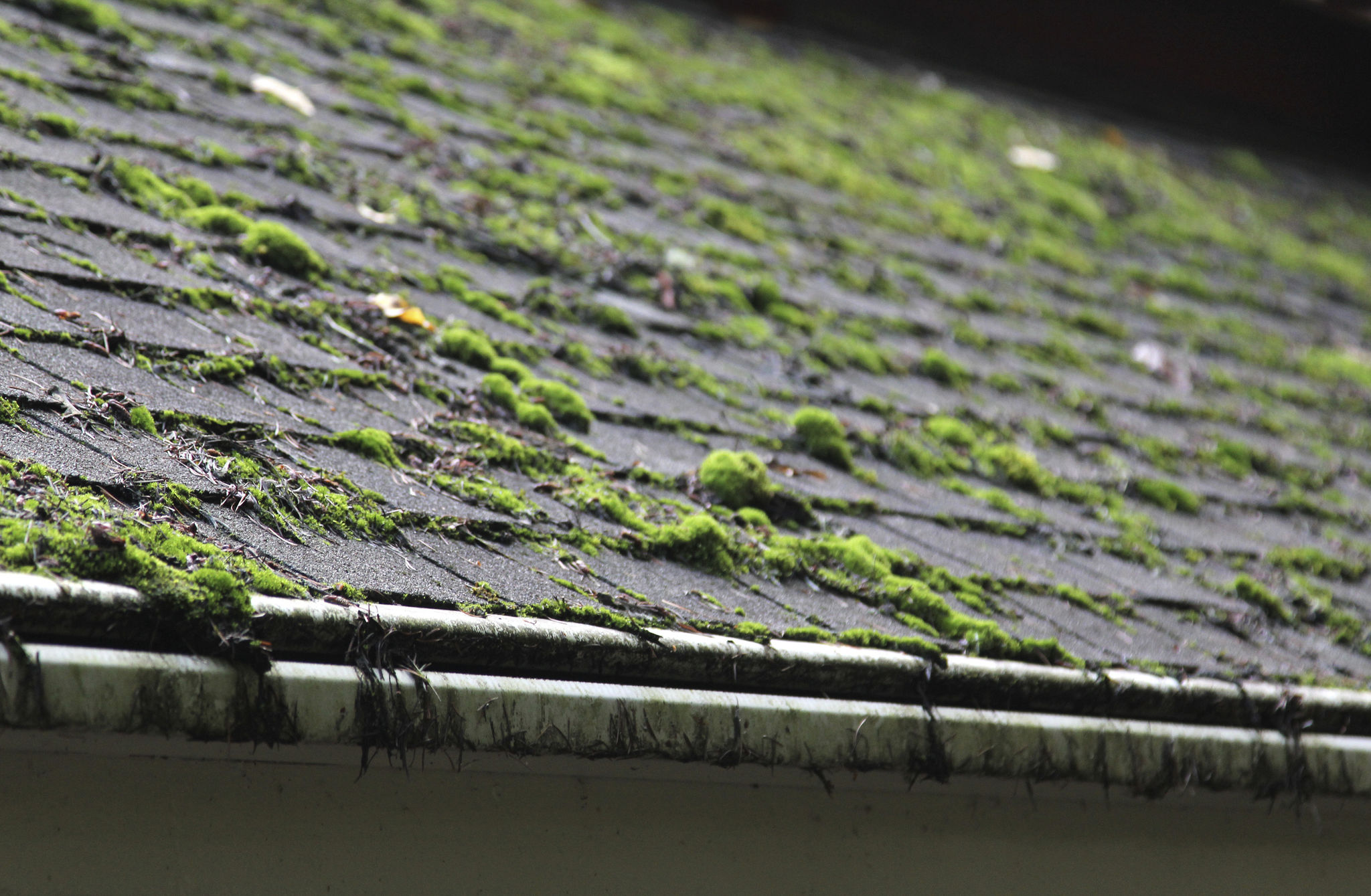DIY Roof Inspection Tips to Identify Potential Issues Early
SV
Understanding the Importance of Regular Roof Inspections
Your roof is your home's first line of defense against the elements. Regular inspections can help you identify potential issues before they turn into costly repairs. Performing a DIY roof inspection is not only cost-effective but also crucial in maintaining the longevity of your roof.
By conducting routine checks, you can spot early signs of damage such as leaks, missing shingles, or structural problems. This proactive approach can save you time and money in the long run.

Safety First: Preparing for Your Roof Inspection
Before you begin your inspection, ensure that you have the right safety equipment. A sturdy ladder, a pair of non-slip shoes, and a safety harness are essential for minimizing risks. Always let someone know when you're inspecting the roof, and never perform an inspection alone if possible.
Inspecting from the ground with binoculars can be a safer option for those uncomfortable with heights. However, if you must climb onto the roof, make sure the weather conditions are favorable and the roof is dry to prevent slips and falls.
Tools You Will Need
- Sturdy ladder
- Binoculars
- Safety harness
- Gloves
- Flashlight

Key Areas to Inspect on Your Roof
When inspecting your roof, focus on key areas where problems are most likely to occur. Start by checking the roof surface for any missing, curled, or damaged shingles. These can be signs of wear and may lead to leaks if not addressed promptly.
Next, examine the flashing around chimneys, vents, and skylights. Flashing is designed to prevent water from seeping into your home, so any cracks or gaps should be immediately repaired. Don't forget to inspect the gutters and downspouts for debris buildup, which can cause water to back up and damage your roof.

Inspecting Attic Conditions
Your attic can provide vital clues about the health of your roof. Look for signs of water damage such as stains or mold on the ceiling or walls. Inadequate ventilation can lead to moisture buildup, which may compromise the roof's integrity over time.
Check for any light coming through cracks or holes in the attic ceiling, as this indicates gaps that need sealing. Proper insulation and ventilation are key to preventing heat and moisture-related issues.
Recognizing Potential Issues Early
Identifying problems early can prevent minor damages from escalating into major repairs. Keep an eye out for granule loss from shingles, as this indicates aging materials that might need replacement soon.
Moss or algae growth on your roof is not just unsightly; it can also lead to shingle deterioration. Use a specialized cleaner to gently remove these growths without causing further damage.

When to Call a Professional
While DIY inspections are beneficial, some issues require professional expertise. If you notice extensive damage or are unsure about certain findings, it's best to consult with a roofing professional. They can provide a more comprehensive assessment and recommend appropriate solutions.
Regular maintenance and prompt attention to potential issues will ensure your roof remains in excellent condition for years to come.
